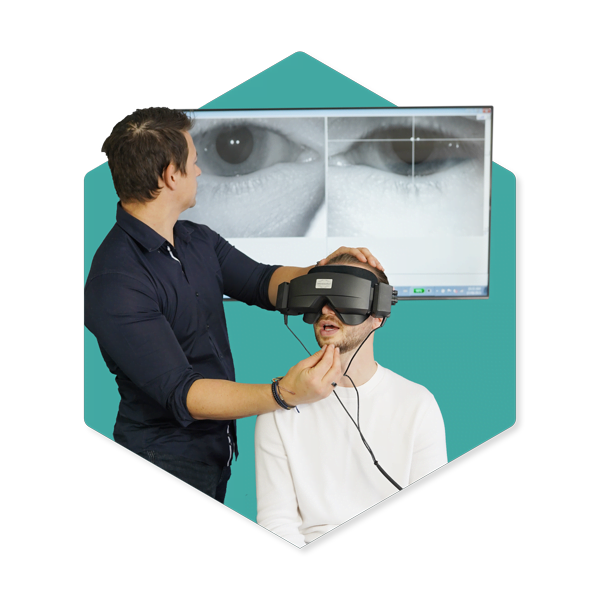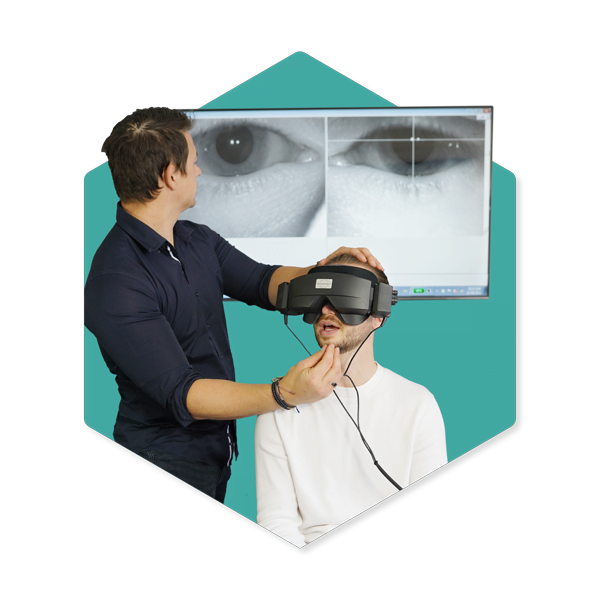Have you ever felt disoriented when you suddenly change positions or experienced dizziness that seems to have no clear cause? These symptoms could be indicative of issues related to your vestibular system, which plays a crucial role in maintaining balance and spatial orientation. Vestibular Rehabilitation Therapy (VRT) and Left Brain Delay Rehabilitation (LBDR) are specialized treatments designed to address these concerns, offering hope and improvement for those affected.
Vestibular Rehabilitation Therapy (VRT)
Vestibular Rehabilitation Therapy (VRT) is a specialized exercise-based program aimed at reducing symptoms of vestibular disorders such as vertigo, dizziness, and imbalance. These disorders often stem from issues within the inner ear or central nervous system, disrupting the vestibular system's ability to provide accurate sensory information to the brain. The goal of Vestibular Rehabilitation Therapy is to promote compensation for any vestibular deficits and to facilitate adaptation through specific exercises tailored to each patient's symptoms and needs.
Patients undergoing VRT typically work with trained physiotherapists who assess their symptoms and develop a personalized treatment plan. Exercises may include eye movements, head movements, and balance training to gradually improve tolerance to activities that provoke symptoms. By enhancing the brain's ability to process sensory information, VRT can significantly alleviate symptoms and improve the quality of life for individuals struggling with vestibular disorders.
Left Brain Delay Rehabilitation (LBDR)
Left Brain Delay Rehabilitation (LBDR) focuses on addressing delays in the development of the left hemisphere of the brain, which can impact cognitive functions such as language, motor skills, and spatial awareness. These delays may occur due to various factors, including neurological conditions or injuries affecting the brain's left hemisphere.
Therapeutic interventions in LBDR aim to stimulate and strengthen neural pathways within the left hemisphere through targeted activities and exercises. This rehabilitation process often involves a multidisciplinary approach, including speech therapists, occupational therapists, and psychologists, depending on the specific needs of the individual.
Integration of VRT and LBDR
While VRT primarily targets vestibular system dysfunction and LBDR focuses on left-brain hemisphere delays, there are overlapping benefits in their rehabilitative approaches. Both therapies emphasize neuroplasticity—the brain's ability to reorganize and form new neural connections in response to learning or injury. By engaging in structured exercises and activities, patients can enhance their brain's adaptive capacity, leading to improved functional outcomes over time.
Benefits and Considerations
The benefits of VRT and Left Brain Delay Rehabilitation extend beyond symptom management. They promote neurorehabilitation by encouraging the brain to adapt and compensate for deficits, thereby enhancing overall cognitive and physical functioning. Patients often experience reduced frequency and severity of symptoms, improved balance and coordination, enhanced spatial awareness, and increased confidence in daily activities.
It's important to note that the effectiveness of these therapies may vary depending on the individual's specific condition, overall health, and adherence to the treatment plan. Regular assessment and adjustments by healthcare professionals are crucial to ensure progress and optimize outcomes.
Conclusion
In conclusion, Vestibular Rehabilitation Therapy (VRT) and Left Brain Delay Rehabilitation (LBDR) represent valuable treatment options for individuals experiencing vestibular system disorders and left brain hemisphere delays, respectively. These therapies offer tailored interventions that promote neuroplasticity and improve quality of life by addressing underlying neurological issues. Whether you're seeking relief from vertigo or supporting cognitive development, VRT, and LBDR provide structured pathways toward recovery and enhanced well-being.
For more information on these rehabilitation therapies and how they can benefit you or your loved ones, visit brainandbodyhealth.com.au. Discover specialized care and expert guidance to help you regain stability and optimize brain function.






Comments